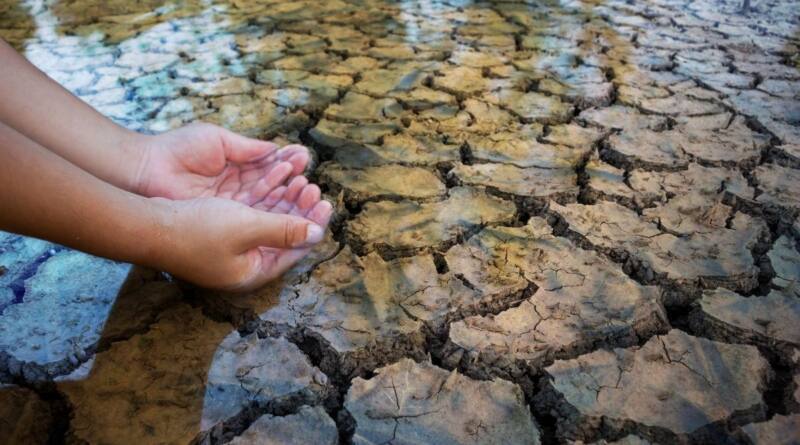Godavari, Drop, And The Drought: Know It All Now.
Raindrop in the Drought: Godavari Dange depicts the life and work of Godavari Dange, a farmer and feminist leader from the drought-affected Marathwada region of Maharashtra.
Despite her tragic personal life, Dange emerged to assist other women in overcoming their own difficulties. She has helped over 50,000 women survive failed monsoon seasons by developing a unique farming model that allows small farmers, particularly Dalit and Adivasi women, to grow food crops with little water.

The story takes place in the Marathwada region of central Maharashtra, which is the epicentre of India’s agrarian crisis. The hardships in Marathwada’s rural economy are the result of decades of inequity, caste- and gender-based exclusions and discrimination, shady ties between politicians and sugarcane factory owners, and shaky policymaking. Repeated and severe droughts over the last decade have exacerbated these inequalities. The region has an alarming number of farmers who commit suicide, high maternal and infant mortality rates, poor nutrition, rising female school dropout rates, and an increase in child marriages. More than three-quarters of Marathwada’s four million farmers own small, marginal holdings of no more than four acres of land. Tens of thousands of people are landless workers, a result of the region’s historical backwardness and deeply ingrained caste politics. Thus, even though Maharashtra is on track to become a trillion-dollar economy by 2025, Marathwada lags far behind.
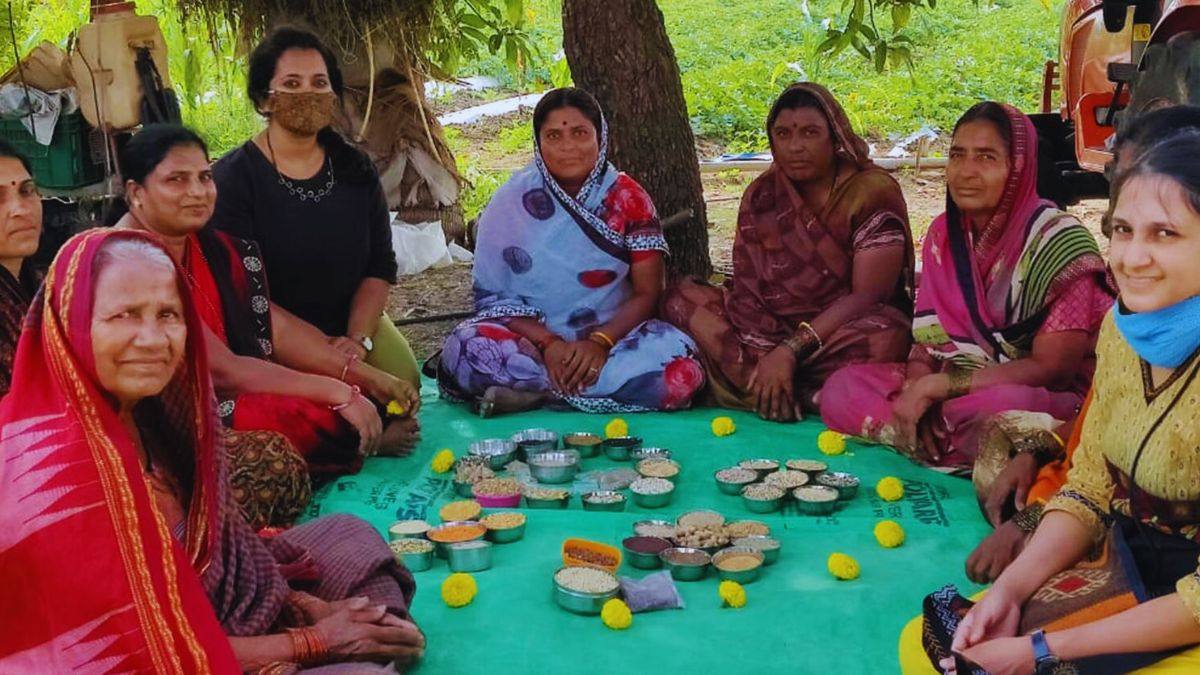
Women account for more than half of the workforce in India’s agricultural sector. The majority of them work on family farms and small plots of land without pay. In any cropping season, women are estimated to spend 3,300 hours sowing and harvesting, compared to 1,860 hours for men. Nonetheless, both families and the government fail to recognise their enormous contribution. Most women remain poor due to a variety of factors, including a lack of access to credit, technological inputs and upgrades, and, most importantly, assets and land. According to an Oxfam report from 2013, only 12.8% of Indian women own land in their own names.
Dange’s Life Influences Raindrops in the Drought: Godavari Dange begins with Dange’s birth. She was born shortly after the 1972 drought, the worst in Marathwada in half a century, and grew up amid crippling drought. She was named after the Godavari River, which runs through the water-starved region and provides some relief. Worshipped as Goddess Goda Maai, the river is as sacred to the locals as the Ganga. However, cyclical droughts had left portions of the river dry.
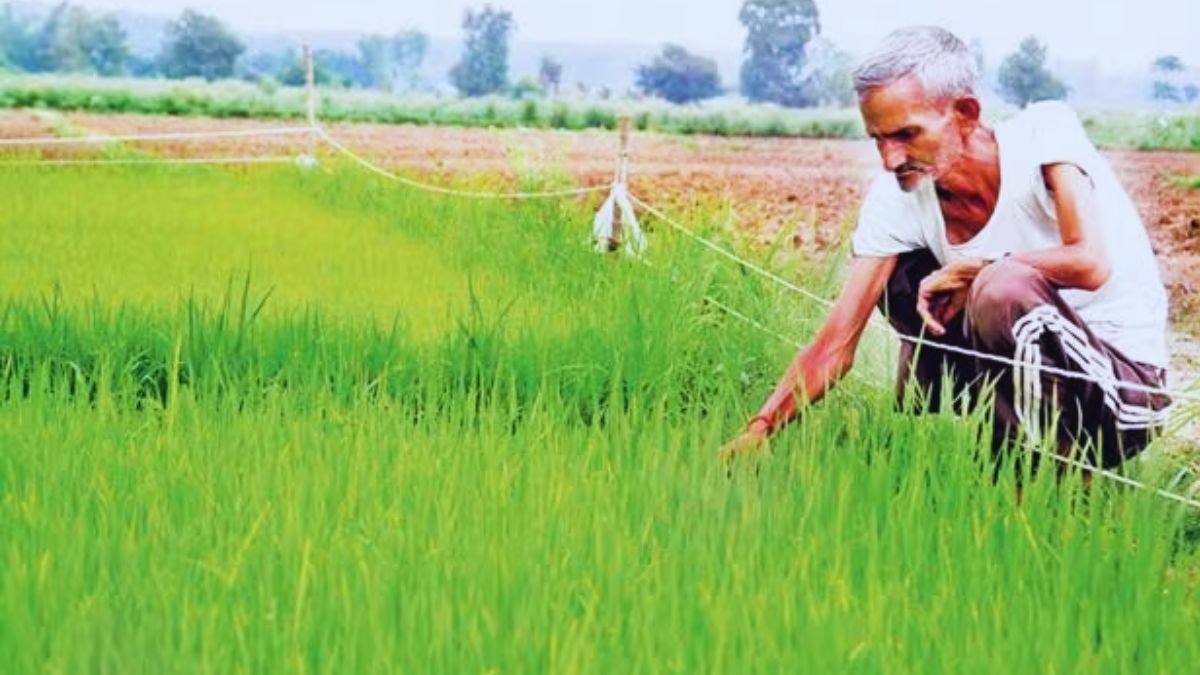
Dange’s early years set the course of her life. Growing up, she witnessed firsthand the devastation caused by drought. She was forced to leave school at 13 and marry at 16. In the intervening years, she became interested in organic farming, working on a neighbour’s farm and learning how to grow food crops such as lentils, millets, and leafy greens. The experience shaped her understanding of sustainable farming and the injustices faced by female farmers.
Dange lost her husband in a car accident when she was 21 years old in 1998. She returned to her childhood home in Gandhora with her two small children, weighed down by grief and the social pressures of being a young widow. A year later, shocked by the realisation that her children needed her, she began to claw her way out of her predicament. With a growing determination to rebuild her life, she found work at a local bachat-gat, a small savings group for women run by Swayam Shikshan Prayog (SSP), a local non-governmental organisation. When Dange joined the group, she was struck by the women’s personal tragedies. They reinforced her determination to rebuild her own life. She discovered a new purpose while working to help others.
One-acre model The one-acre model originated in 2007, when Marathwada experienced yet another drought. Rich farmers dug even deeper borewells in desperate attempts to irrigate their cash crops, particularly water-guzzling sugarcane, while poorer women farmers faced another year of uncertainty, loss, and hunger. The prevalence of malnutrition was particularly high among women and girls. At this point, Dange, drawing on her experience as a farmhand, suggested that the women try something seemingly radical: grow food crops instead.
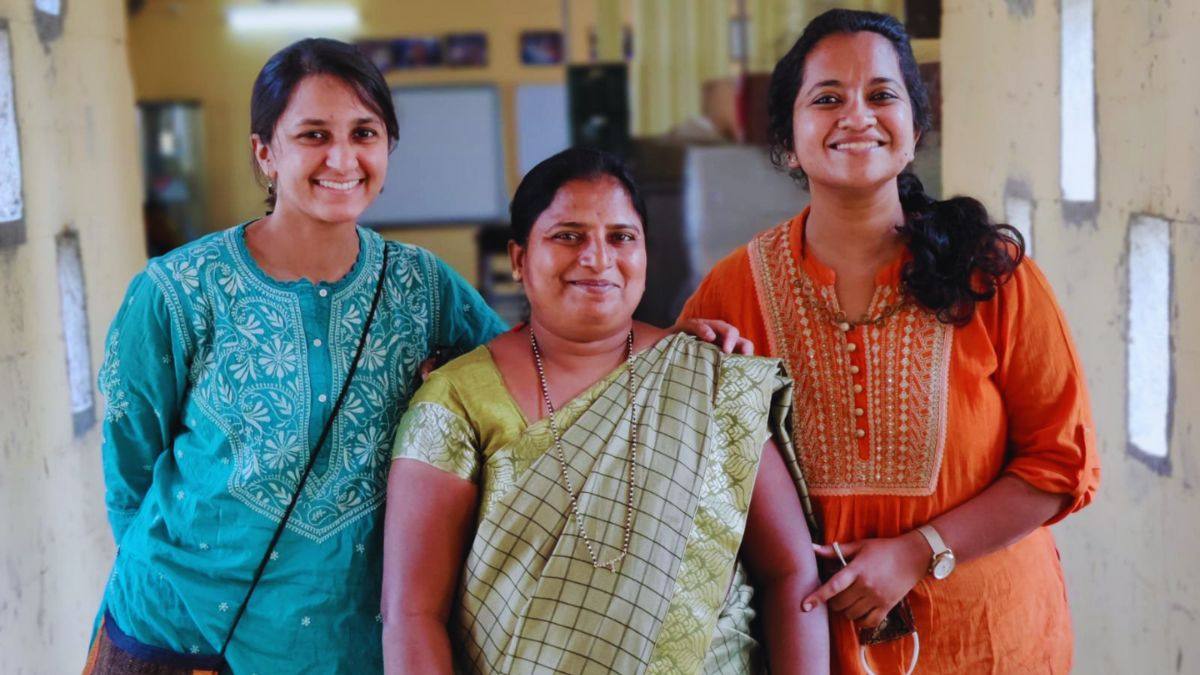
The opposition was fierce. Many husbands refused to set aside even half an acre of land for them. Most community stakeholders vehemently opposed this proposal, claiming that the focus should remain on cane and other cash crops. Finally, an old friend of Dange came forward. Under Dange’s supervision, she cultivated a diverse range of crops, including leafy vegetables, millets, and pulses.
As the crops thrived with little water, word spread. More women emerged, their scepticism dissipating as their radishes and beans thrived. Emboldened by these modest but promising victories, the women invited scientists from the Krishi Vigyan Kendra to advise them on scientific methods for conserving and increasing yield. The women farmers used hydroponics, drip irrigation, and sprinklers on their small plots of land. Drought gradually became less of a nightmare for them as ideas emerged from dialogue between the lab and the land.
The lab-to-land model was gradually refined over years of trial and error into a full-fledged one-acre model that combines local climate patterns with social pressures on women. The model can support 36 drought-resistant and short-term crops, such as leafy vegetables, grains, and lentils, on plots as small as half an acre.
Many of the women, however, continue to face abusive husbands, upper-caste village leaders, and unsupportive government officials. However, as the model’s results became available, some men relented and turned to Dange to show them the ropes of food crop farming.
Hunger and distress grew in the early days of the COVID-19 pandemic as the country was shut down, interstate borders were sealed, and markets were closed. Despite this, the women farmers were able to keep their families fed with fresh produce grown on their one-acre plot. Some of them even had extra produce that they sold at local wholesale markets for a profit. They negotiated for the best price in the hostile, male-dominated market as members of the Vijayalakshmi Sakhi Producer Company, which was made up of female farmer shareholders. Following these successes, more farmers, both men and women, have adopted the one-acre model.Raindrop in the Drought: Godavari Dange.
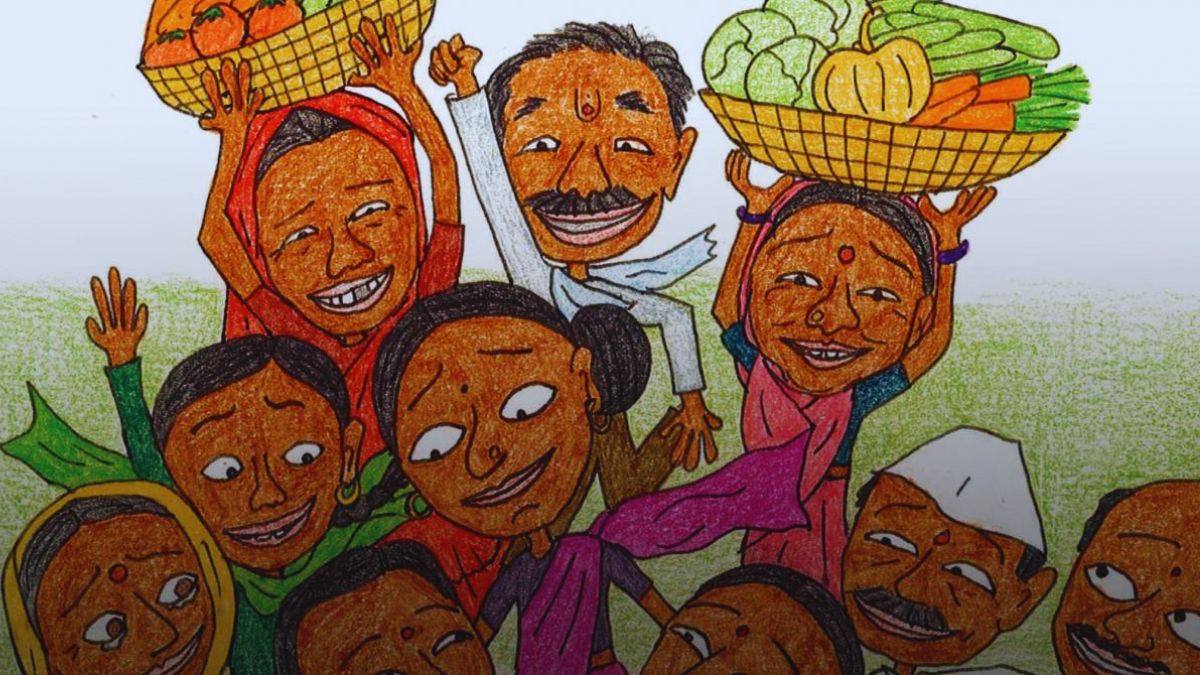
Despite her extraordinary efforts and contributions to lifting thousands of families out of hunger and poverty, Dange’s story.
After all, as Dange stated, “Together, nothing is impossible.”

